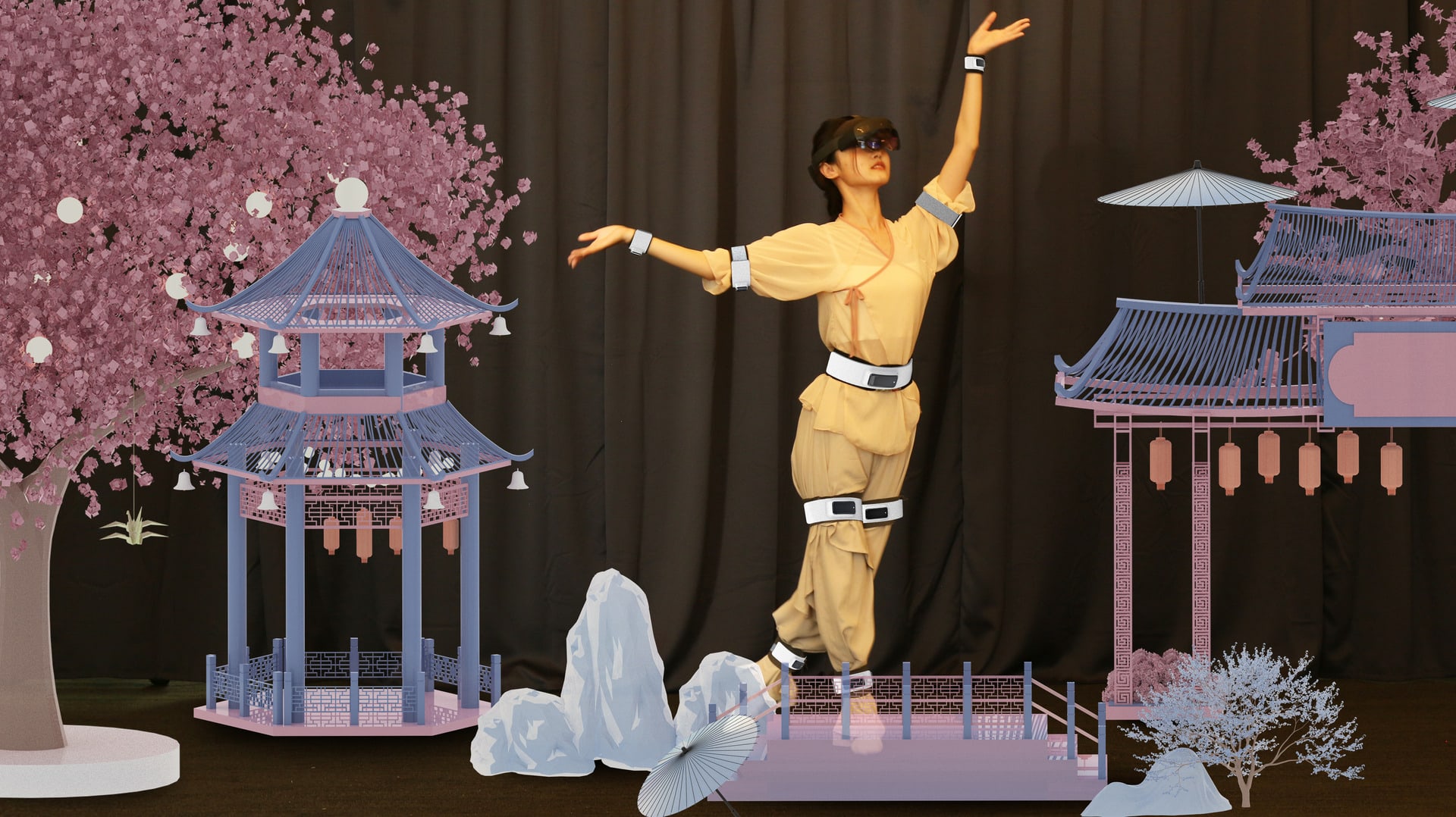Xuechun Ni is an industrial designer based in UK as well as China, and now she is studying Innovation Design Engineering(MA/MSC) at Royal College of Art and Imperial College London.
Before joining IDE, she did her bachelor’s degree in Yanshan University, studying industrial design and then joined a one-month International Organisation Program at Georgetown University in Washington DC, United States.
Her projects aim to explore multidisciplinary design methods, leading to a greater diversity of innovation. She has an insatiable curiosity for new technologies, trends, and human behaviors, so she keeps challenging herself and trying to develop creative insights and strategies when working on her projects.









